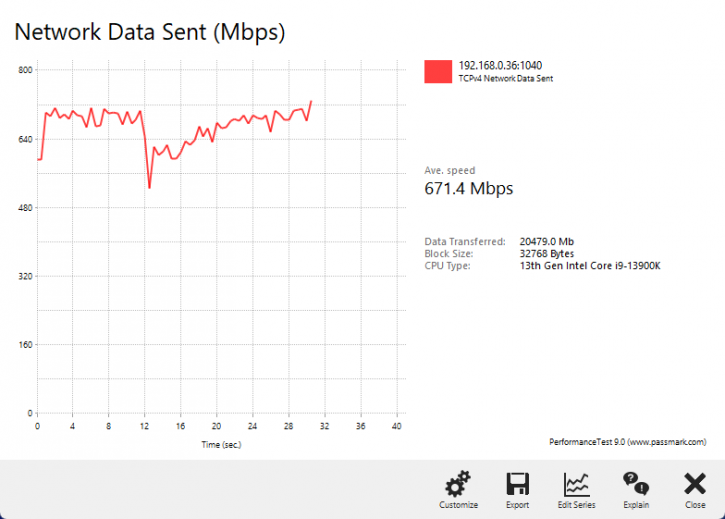Performance 7 meters with obstructions
Performance Wireless 802.11ax (WIFI6E) 7 meter test
For our tests, we emulate what you would get performance-wise inside a house with a multi-level concrete ground and 1st floor. We test Single-band 2.4 GHz, single-band 5 and 6 GHz.
Performance Wireless 802.11ax WIFI6E
Most enthusiast-class motherboards these days have integrated Wi-Fi, with many standards. One of the more interesting ones is Wireless AC AKA 802.11ac and as of recent 802.11ax (WIFI6). Motherboards that have such a unit will now be tested here at Guru3D.com. Wireless AX 802.11ax technology was developed to optimize video streaming experiences. Gigabit Wi-Fi speeds allow content to download faster and large video or music files to sync more quickly. An increasing number of Wi-Fi devices in the home leads to greater internet consumption.
Wi-Fi 6E is an extension of the Wi-Fi 6 standard or 802.11ax that is now supported on most motherboards also. The E stands for Extended, and the main feature of the expansion is the addition of support for the 6GHz band, which runs from 5925MHz to 7125MHz. Compatibility with older Wi-Fi standards will remain, and Wi-Fi 6E will thus have three bands: 2.4GHz, 5GHz, and 6GHz. Below the 2.4, 5 GHz and 6 GHz single-link connection throughputs based on a direct line of sight at 7 meter distance passing through walls
Above 2.4 GHz throughput
Above 5 GHz throughput
Above 6 GHz throughput (this band works best in a direct line of sight, we need to go through a wall ergo performance is far better than expected.
However, my first attempts at setting up the access point were met with less-than-desirable results. When configuring the SSID for the 6 GHz radio, you must ensure that the 160MHz channel width is turned on.





